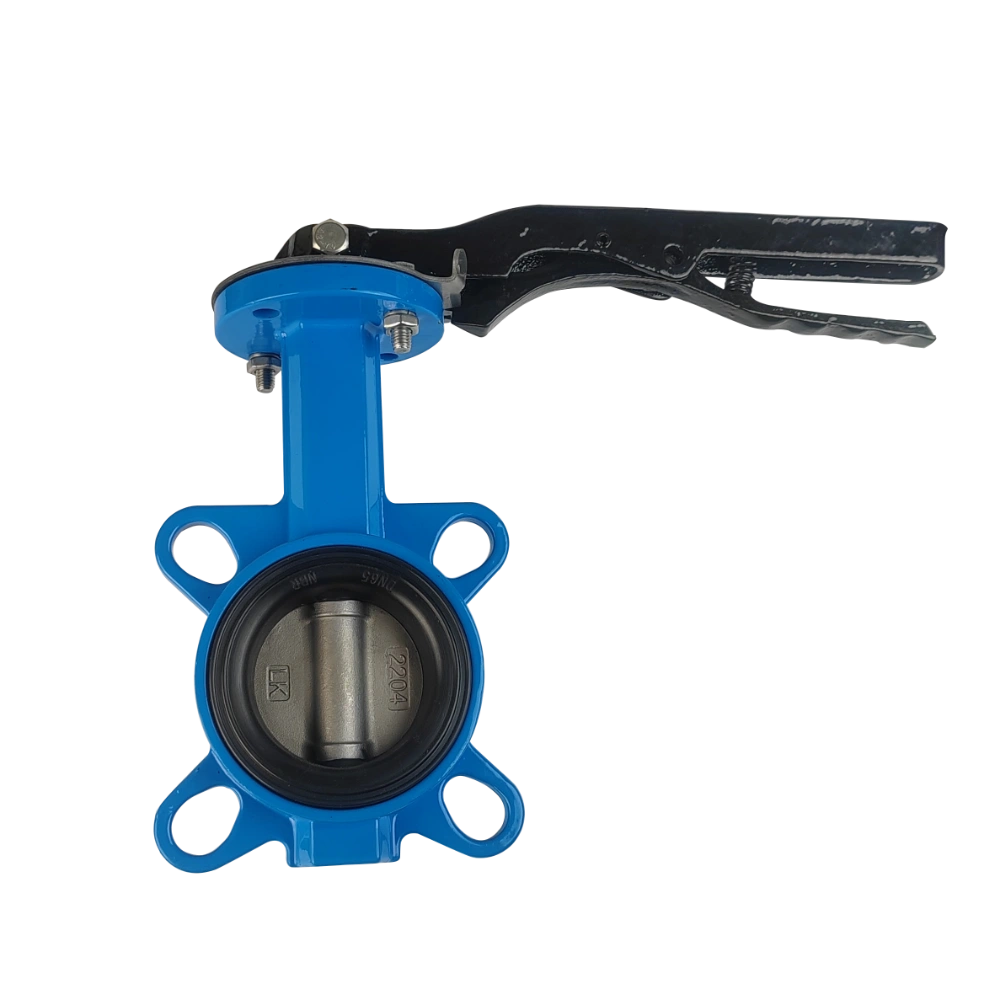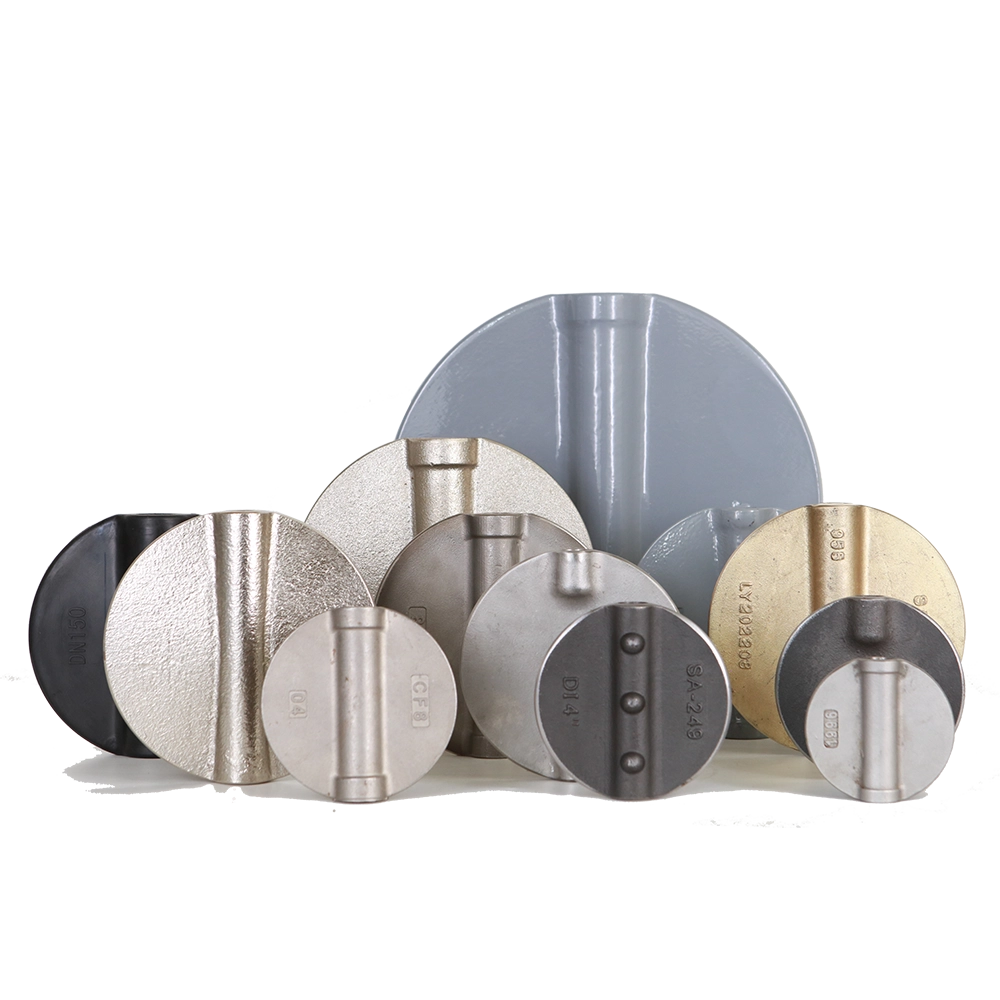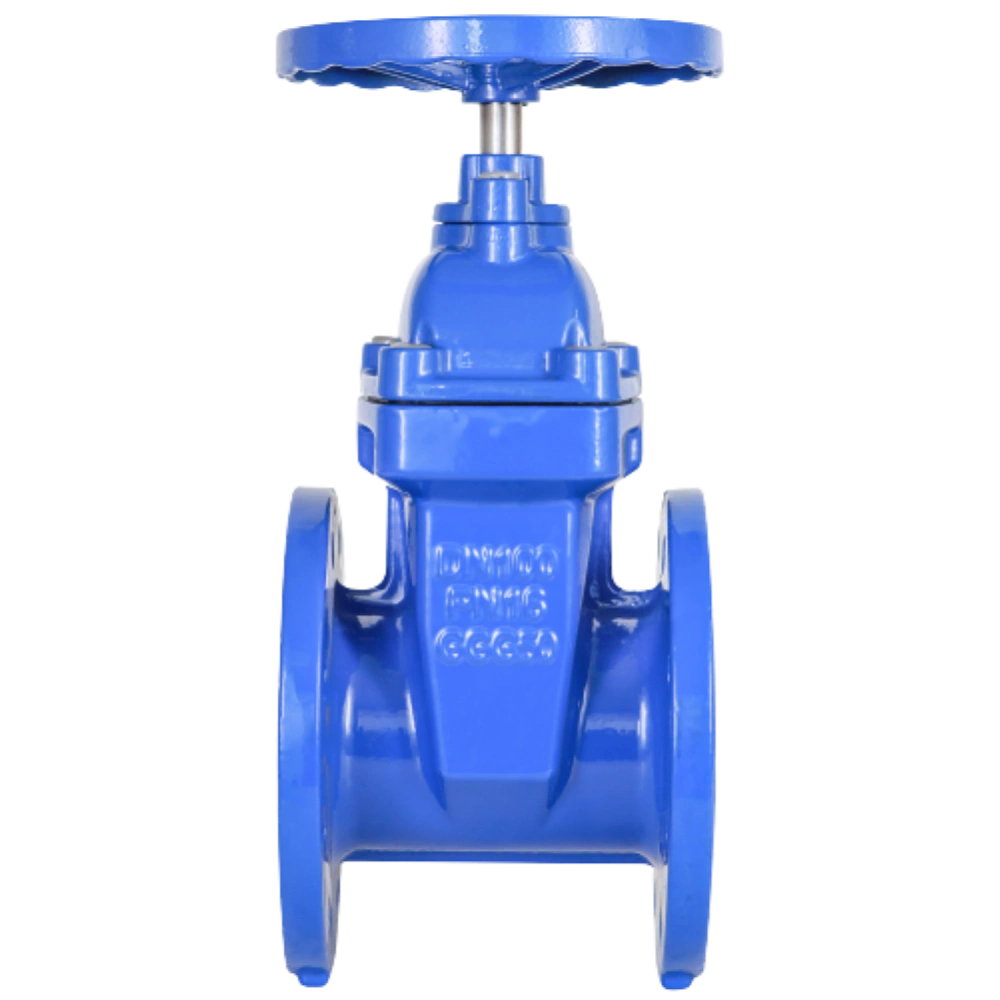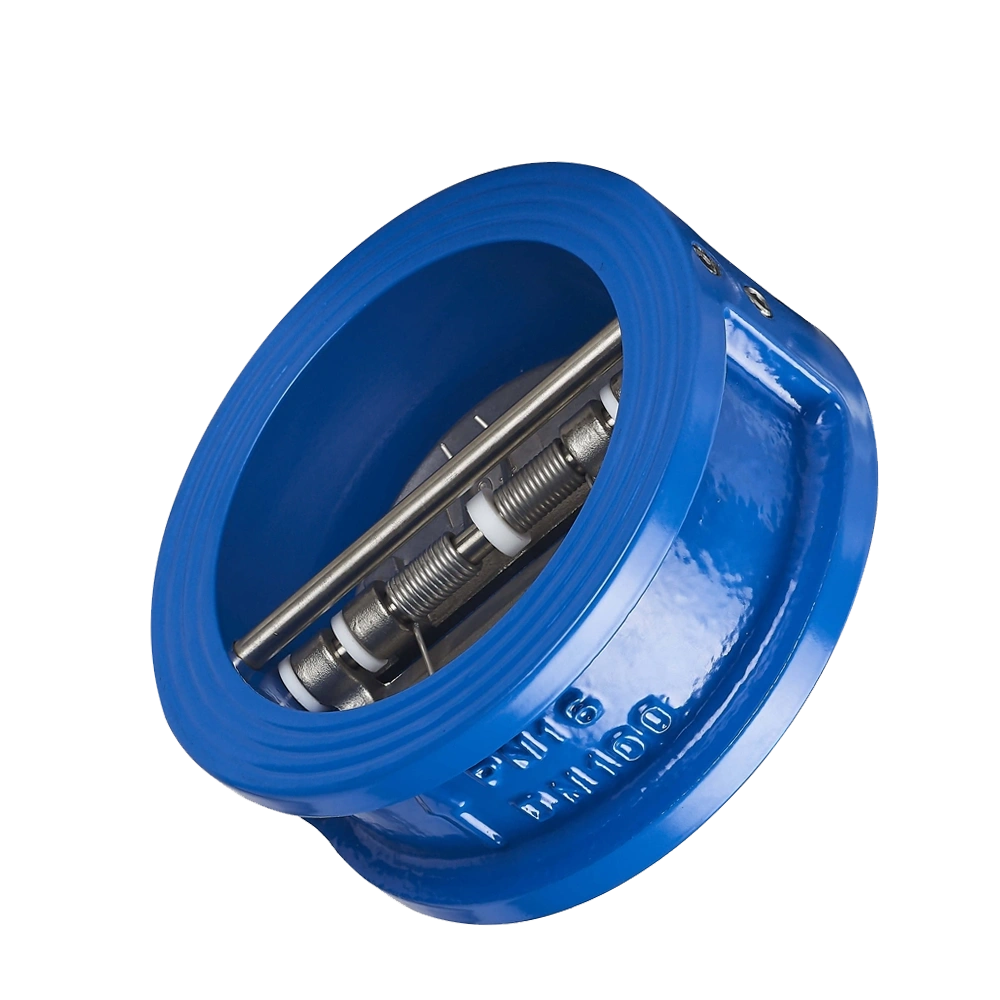Gate valve is a relatively common general-purpose valve with a wide range of uses. It is mainly used in water conservancy, metallurgy and other industries. Its wide range of performance has been recognized by the market. In many years of quality and technical supervision and testing work, the author has certain experience in gate valve testing. In addition to the research, we also conducted more careful and detailed research on the use and troubleshooting of gate valves.
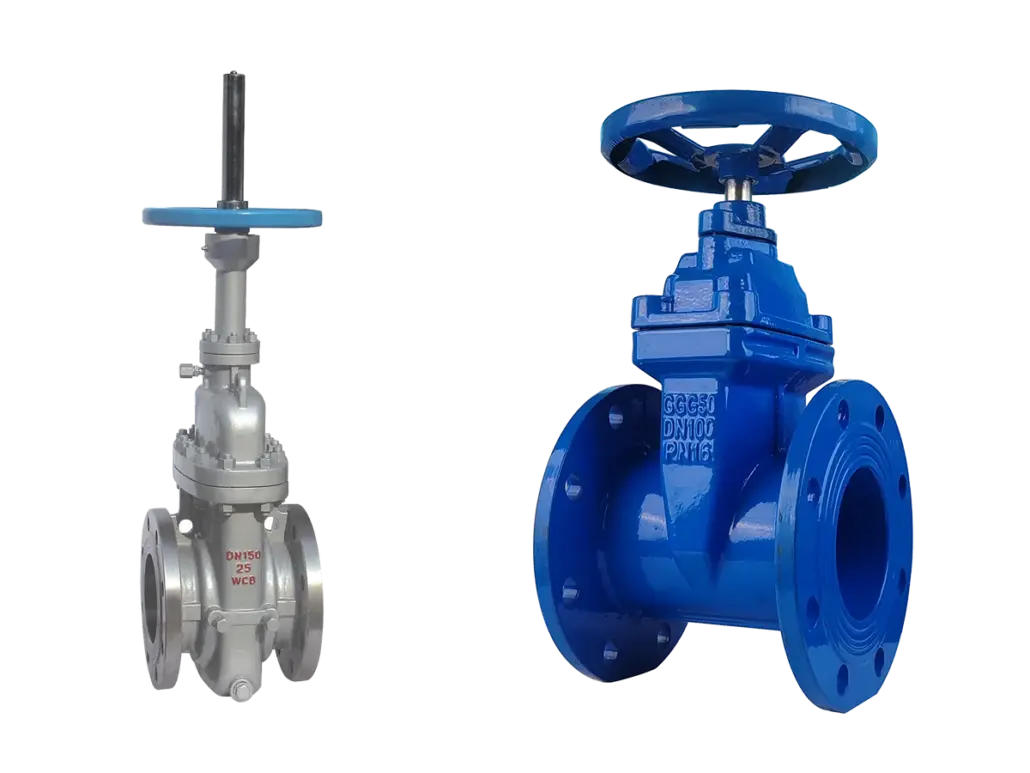
The following is a general discussion on the structure, use, troubleshooting, quality testing and other aspects of gate valves.
1.Structure
Structure of gate valve: Gate valve is a valve that uses gate plate and valve seat to control opening and closing. The gate valve mainly consists of valve body, valve seat, gate plate, valve stem, valve cover, stuffing box, stuffing gland, stem nut, handwheel, etc. Depending on the change of the relative position between the gate plate and the valve seat, the size of the channel can be changed and the channel can be cut off. In order to ensure that the gate valve can close tightly, the mating surfaces of the gate plate and valve seat are ground.
According to the different structural shapes of gate valves, gate valves can be divided into two categories: wedge type and parallel type.
The gate plate of the wedge gate valve is wedge-shaped, and the sealing surface is at an inclination angle with the center line of the channel. The wedge between the gate plate and the valve seat is used to achieve sealing (closing). The wedge plate can be a single gate or a double gate.
The sealing surfaces of parallel gate valves are parallel to each other and perpendicular to the center line of the channel. They are divided into two types: with expansion mechanism and without expansion mechanism. Double gates with a support mechanism. When the gates descend, the wedges of the two parallel gates prop the two gates on the valve seat by the inclined plane, cutting off the flow channel. When the gates rise and open, the wedges and the gate The mating surface of the plate breaks away, the gate plate rises to a certain height, and the wedge is held up by the boss on the gate plate. For double gates without a support mechanism, when the gate slides into the valve seat along the two parallel valve seat surfaces, the pressure of the fluid is used to press the gate against the valve body on the outlet side of the valve to seal the fluid.
According to the different movement conditions of the valve stem when the gate is opened and closed, gate valves are divided into two categories: rising stem gate valves and concealed stem gate valves. When the rising stem gate valve is opened or closed, the valve stem and the gate plate rise and fall at the same time; when the concealed stem gate valve is opened or closed, the valve stem only rotates, and the valve stem cannot be seen to rise or fall, and the valve plate rises or falls. sports. The advantage of the rising stem gate valve is that the opening height of the channel can be judged by the rising height of the valve stem, but the occupied height can be shortened. When facing the handwheel or handle, turn the handwheel or handle clockwise and the valve will be closed.
2. Occasions and selection principles of two gate valves
1). Flat gate valve
Application occasions of flat gate valve:
(1) For oil and natural gas transmission pipelines, flat gate valves with diversion holes are also convenient for cleaning the pipelines.
(2) Transmission pipelines and storage equipment for refined oil.
(3) Oil and natural gas extraction port devices.
(4) Pipes with suspended particle media.
(5) City gas transmission pipelines.
(6) Water supply project.
Principles for selecting flat gate valves:
(1) For oil and natural gas transmission pipelines, single or double gate flat gate valves should be used. If you need to clean the pipeline, choose a rising stem flat gate valve with a single gate and a guide hole.
(2) For refined oil transportation pipelines and storage equipment, single or double gate flat gate valves without diversion holes should be used.
(3) For oil and natural gas extraction port installations, single-gate or double-gate flat gate valves with concealed stem floating valve seats and diversion holes should be used.
(4) For pipelines with suspended particle media, use knife-shaped flat gate valves.
(5) For city gas transmission pipelines, single or double gate soft-sealed open-stem flat gate valves should be used.
(6) For water supply projects, single or double gate open-stem flat gate valves without diversion holes should be used.
2) wedge gate valve
Applicable occasions of wedge gate valve: Among various types of valves, gate valve is the most widely used one. It is generally only suitable for fully opening or fully closing, and cannot be used for adjustment and throttling.
Wedge gate valves are generally used in places where there are no strict requirements on the external dimensions of the valve and the use conditions are relatively harsh. For example, the working medium of high temperature and high pressure requires the closing parts to ensure long-term sealing, etc.
Generally, it is recommended when using conditions or requiring reliable sealing performance, high pressure, high pressure cutoff (large pressure difference), low pressure cutoff (small pressure difference), low noise, cavitation and vaporization phenomena, high temperature media, and low temperature (cryogenic). Wedge gate valve. Such as electric power industry, petroleum refining, petrochemical industry, offshore oil, water supply engineering and sewage treatment engineering in urban construction, chemical industry and other fields.
Selection principles:
(1) Requirements for valve fluid characteristics. Gate valves are selected for working conditions with small flow resistance, strong flow capacity, good flow characteristics and strict sealing requirements.
(2) High temperature and high pressure medium. Such as high-pressure steam, high-temperature and high-pressure oil products.
(3) Low temperature (cryogenic) medium. Such as liquid ammonia, liquid hydrogen, liquid oxygen and other media.
(4) Low pressure and large diameter. Such as water supply projects and sewage treatment projects.
(5) Installation position: When the installation height is limited, a concealed stem wedge gate valve is selected; when the installation height is not restricted, a rising stem wedge gate valve is selected.
(6) Wedge gate valves can only be used when they can only be used for fully opening or fully closing, but cannot be used for adjustment and throttling.
3. common faults and repairs
01)Common faults and causes of gate valves
After the gate valve is used, the following problems often occur due to medium temperature, pressure, corrosion and relative movement of each contact piece.
(1) Leakage: divided into two types, namely external leakage and internal leakage. Leakage to the outside of the valve is called external leakage, and external leakage is common in stuffing boxes and flange connections.
Reasons for stuffing box leakage: the type or quality of the stuffing does not meet the requirements; the stuffing is aged or the valve stem is worn; the packing gland is loose; the surface of the valve stem is scratched.
Causes of leakage at flange connections: The material or size of the gasket does not meet the requirements; the processing quality of the flange sealing surface is poor; the connecting bolts are improperly tightened; the pipeline configuration is unreasonable and excessive additional loads are generated at the connections.
Causes of internal leakage of the valve: Leakage caused by lax closing of the valve is internal leakage, which is caused by damage to the valve sealing surface or loose sealing ring roots.
(1) Corrosion is often caused by corrosion of the valve body, valve cover, valve stem, and flange sealing surface. Corrosion is mainly due to the effect of the medium, but also the effect of ions released from the fillers and gaskets.
(2) Scratches: Local surface roughening or peeling that occurs when the gate and valve seat move relative to each other under certain contact pressure.
02) Gate valve maintenance
(1) Repair of valve external leakage
When compressing the packing, the gland bolts should be installed symmetrically to prevent the gland from tilting and leave a gap for compression. While compressing the packing, the valve stem should be rotated to ensure uniform packing around the valve stem, and to prevent excessive pressure, which may affect the rotation of the valve stem, increase wear on the packing, and shorten service life. The surface of the valve stem is scratched, which makes the medium easy to leak out. The surface of the valve stem should be processed to remove the scratches before use.
For leakage at the flange connection, if the gasket is damaged, it should be replaced; if the gasket material is improperly selected, a material that can meet the use requirements should be selected; if the flange sealing surface is of poor processing quality, it must be removed and replaced The flange sealing surface is reprocessed until it is qualified.
In addition, properly tightening flange bolts, correctly configuring pipes, and avoiding excessive additional loads at flange connections will help prevent leakage at flange connections.
(2) Repair of valve internal leakage
The repair of internal leakage is to eliminate damage to the sealing surface and loose sealing ring roots (when the sealing ring is fixed on the valve plate or valve seat by press-fitting or threading). If the sealing surface is directly processed on the valve body and valve plate, there will be no problems of loose roots and leakage.
When the sealing surface is seriously damaged and the sealing surface is formed by a sealing ring, the old ring should be removed and a new sealing ring should be installed. If the sealing surface is processed directly on the valve body, the damaged sealing surface should be removed first. Remove, and then grind the new sealing ring or machined surface into a new sealing surface. When scratches, bumps, bruises, dents and other defects on the sealing surface are less than 0.05mm, they can be eliminated by grinding.
Leakage occurs at the root of the sealing ring. When the sealing ring is fixed by press-fitting, place PTFE tape or thick white paint on the bottom of the valve seat or sealing ring groove, and then press in the sealing ring to fill the root of the sealing ring; When the sealing ring is threaded, PTFE tape or thick white paint should be placed between the threads to prevent fluid from leaking from between the threads.
(3) Repair of valve corrosion
Under normal circumstances, the valve body and valve cover are uniformly corroded, while the valve stem is often pitted. When repairing, corrosion products should be removed first. Valve stems with pitted pits should be machined on a lathe to eliminate the dents. Use packing containing a slow-release agent instead, or clean the packing with distilled water to remove any damage to the valve stem in the packing. Corrosive ions.
(4) Repair of scratches on sealing surface
When using the valve, try to prevent scratches on the sealing surface, and the torque should not be too large when closing the valve. If the sealing surface is scratched, it can be removed by grinding.
4. Inspection of four gate valves
In the current market environment and user needs, iron gate valves account for a large proportion. As a product quality inspector, in addition to being familiar with product quality inspection, you must also have a good understanding of the product itself.
01)Inspection basis for iron gate valves
The testing basis for iron gate valves is the national standard GB/T12232-2005 “Universal Valve Flange Connection Iron Gate Valve”.
02)Inspection items of iron gate valves
It mainly includes: logo, minimum wall thickness, pressure test, shell test, etc. Among them, wall thickness, pressure, and shell test are necessary inspection items and key items. If there are any unqualified items, they can be directly judged as unqualified products. .
In short, product quality inspection is the most important part of the entire product inspection, and its importance is self-evident. As front-line inspection staff, we must constantly strengthen our own quality, not only to do a good job in product inspection, but also to Only by having an understanding of the products being inspected can we do a better job in inspection.

